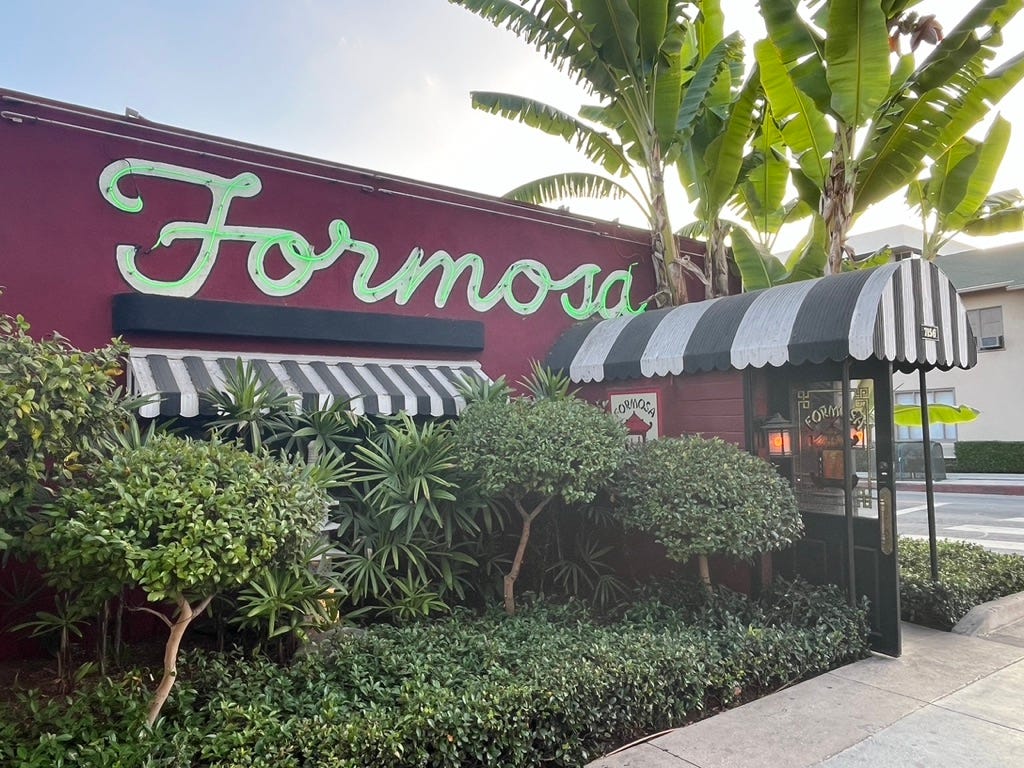Tour Diary: Los Angeles and Adieu To Ama
My mom and I spent a fascinating day in LA hitting old movie sites and chasing the ghosts.
After the gig in Fresno, Ama and I hopped in the car and began the drive south to Los Angeles. While I would be in the city for a long weekend, mom and I would have just the one day together and we hoped to make the most of it. Aretha ferried southward late into the night until we stopped for a 1:30 am Denny’s cheeseburger and a few hours of rest.
The next morning, we were on the road just after 7:00 am, careening down I-5 to very light traffic. We entered the City of Angels form the north and eventually hit the legendary LA traffic on our way to our first stop for the day; The Griffith Observatory.
Despite the early hour and overcast skies, the area around the Griffith Park Observatory was quite busy with top of the day tourists. The observatory is an icon of the Los Angeles skyline. It has…
Keep reading with a 7-day free trial
Subscribe to What Am I Making to keep reading this post and get 7 days of free access to the full post archives.





